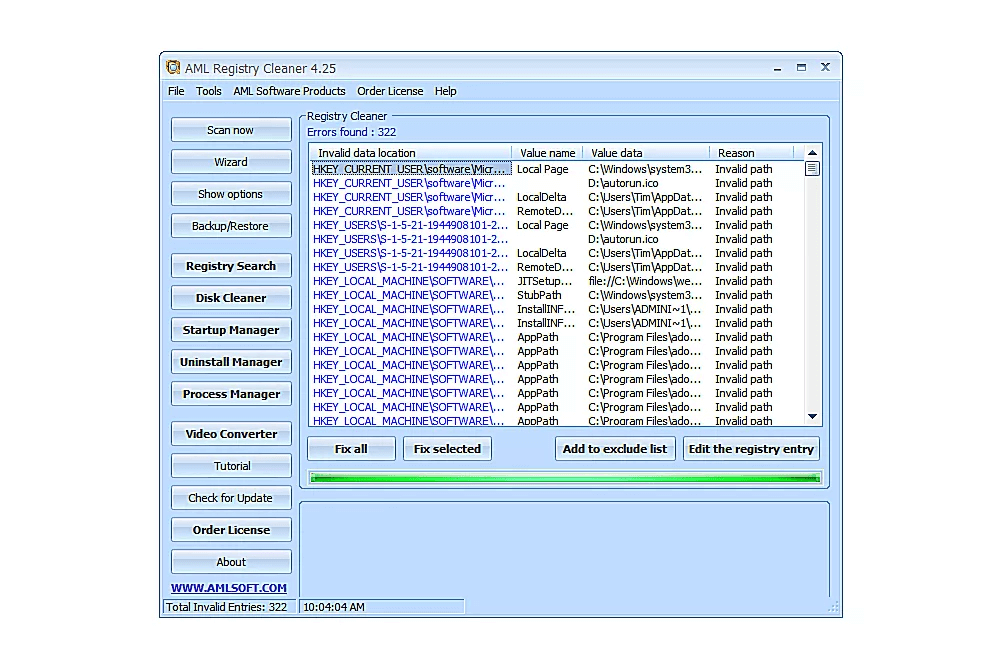

Some even do it automatically before doing anything.


In any case, almost all registry repair cleaners in our review have the option of backing up your registry before making any changes to it. Most of them allow you to choose which exact problems you wish the program to resolve, while others just alert you of some possible fixes that might cause problems later. The number of errors found ranges from a few dozen to a few thousand, with some apps. Initially, registry repair software runs a scan of the Windows registry and finds all issues it thinks need fixing. Over time your computer’s registry gets cluttered with false entries, app errors or even previous fixes gone wrong. These apps are used to basically scan, sweep and restructure your Windows registry. Nevertheless, if it’s too late for that and your PC is running sluggish and nowhere near as well as when you bought it, registry repair software comes to the rescue. Of course, the best way of preventing this kind of clutter from happening is using a third party software to thoroughly uninstall apps from your PC. Most programs have a built in uninstall option that does the basic removal of the app from your PC, but what most users don’t know is that these apps, more often than not, leave files and entries in the Windows registry behind. The problem isn’t about the installed apps, it actually arises when you go to delete the app from your system. If you have an older PC chances are you have had dozens of installed apps on it over the years. There are many reasons your PC might be running a lot slower than usual, especially if you’ve had it for a longer period of time. This kind of software has a very specific use and people tend to turn to it once their devices become unbearably slow. Nobody goes investigating registry cleaners for sheer fun.


 0 kommentar(er)
0 kommentar(er)
